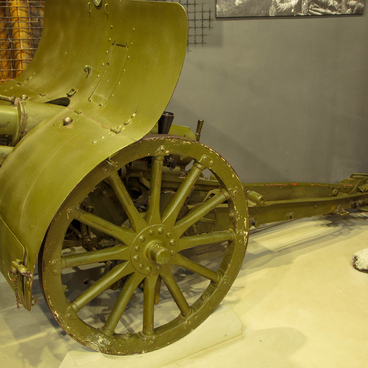Several models of radio receivers were available in the Soviet Union in the 1930s. The Alexandrov Radio Factory produced the SVD, SVD-1 and SVD-M radios, and the Tula Radio Factory made the T-37. At the end of the autumn of 1937, the Voronezh plant “Elektrosignal”, founded in 1931, set up pilot and assembly line production of the 6N-1 vacuum-tube corded radio receiver. In the spring of 1938, it was put into mass production.
Soviet radio engineers developed it on the basis of the 6T2 receiver designed by the American company RCA Victor. The first Soviet-made 6N-1s were even equipped with RCA metal tubes. Some were fitted with tubes produced by Ken-Rad (Kentucky Electrical Lamp Company) or Tung-Sol. Subsequently, new modifications used the following tubes: 6F8, 6K7, 6H6, 6F5, 6F6S, and 5Ts4S.
The designation “6N-1” meant “six-tube, desktop, model 1”. The 6N-1 could be easily used as a table radio thanks to its compact design. The Soviet novelty quickly gained popularity among the population due to its sufficiently advanced technical characteristics for that time, ease of operation and relatively affordable price.
The receiver accepted a wide range of frequencies: long wave — 150–420 kHz, medium wave — 520–1600 kHz, and short wave — 5.8–20 MHz. Four control knobs were installed on the front panel. The upper knob in the center of the device adjusted the frequency; the lower left one was used as an on/off switch and a tone control for high frequencies; the lower middle knob was a range switch; and the right one was volume control.
The 6N-1 radio receiver was fitted with an input for the adapter for playing records from an external phonograph. It also had tone compensation, which amplified low frequencies at low volume.
This device was produced
until the beginning of the Great Patriotic War. In 1941, production was
suspended. The 6N-1 table vacuum-tube radio from the collection of the Military
History Museum has a wooden lacquered case. A scale in a metal decorative
chamfer is featured on the front panel.





